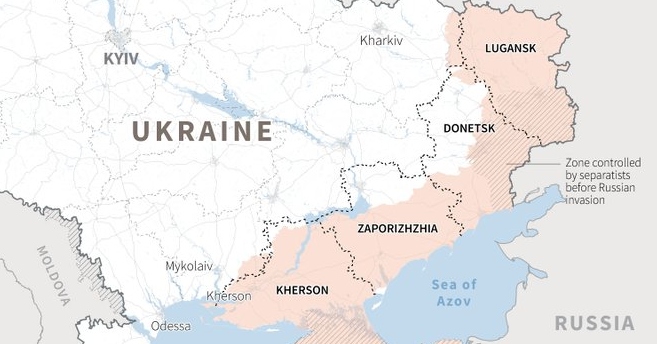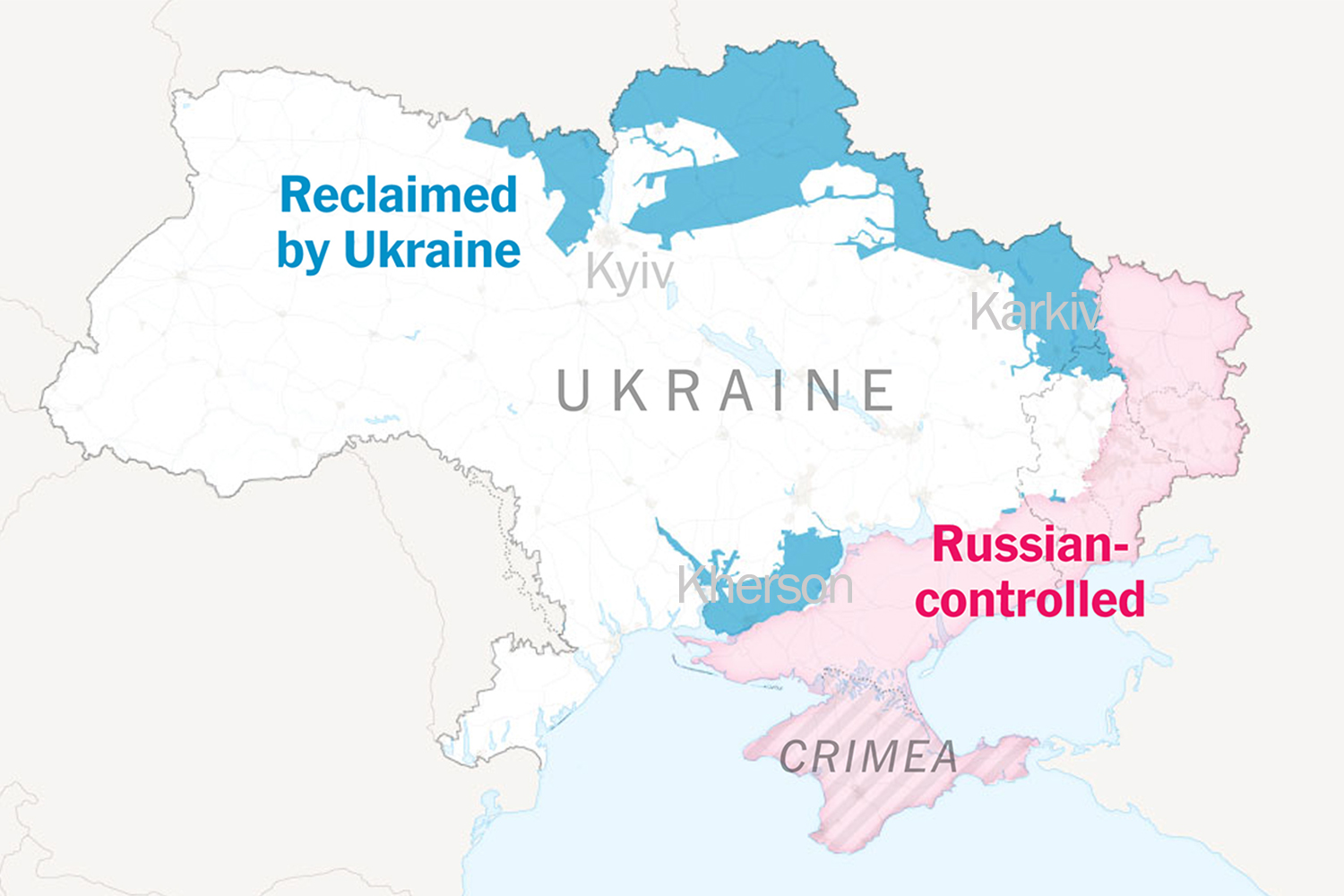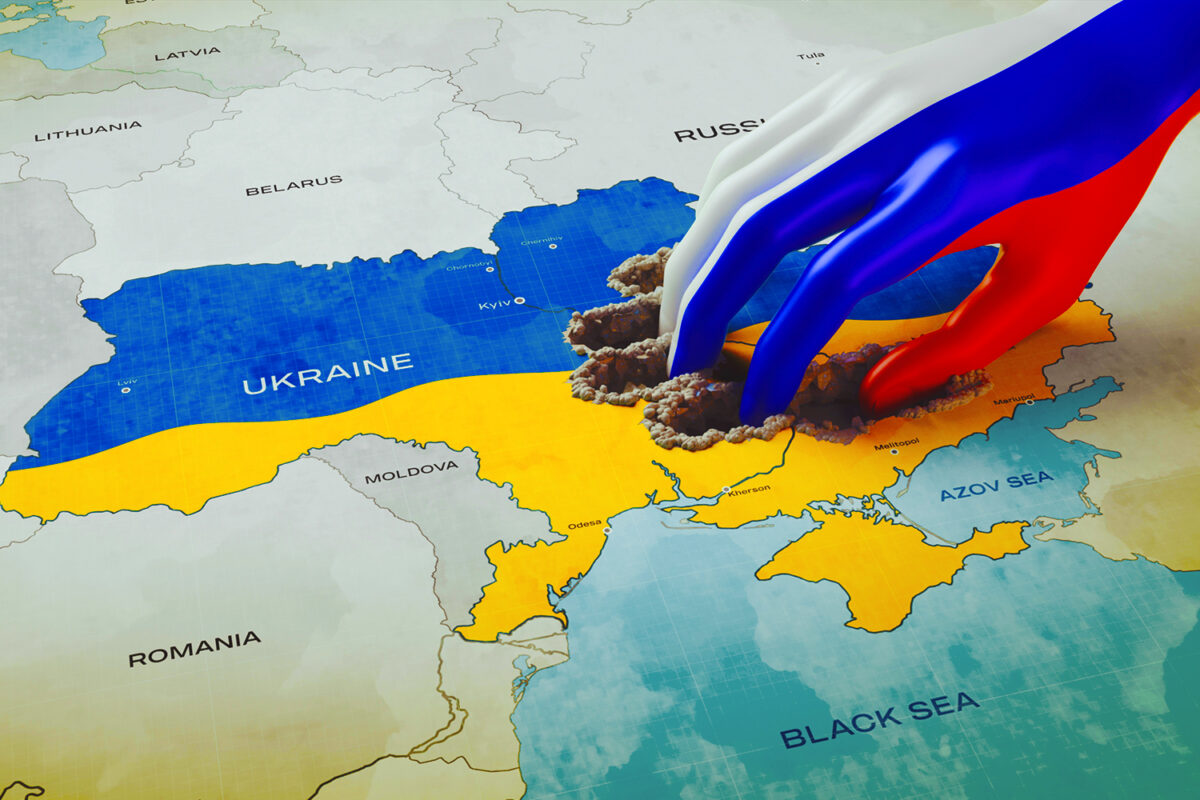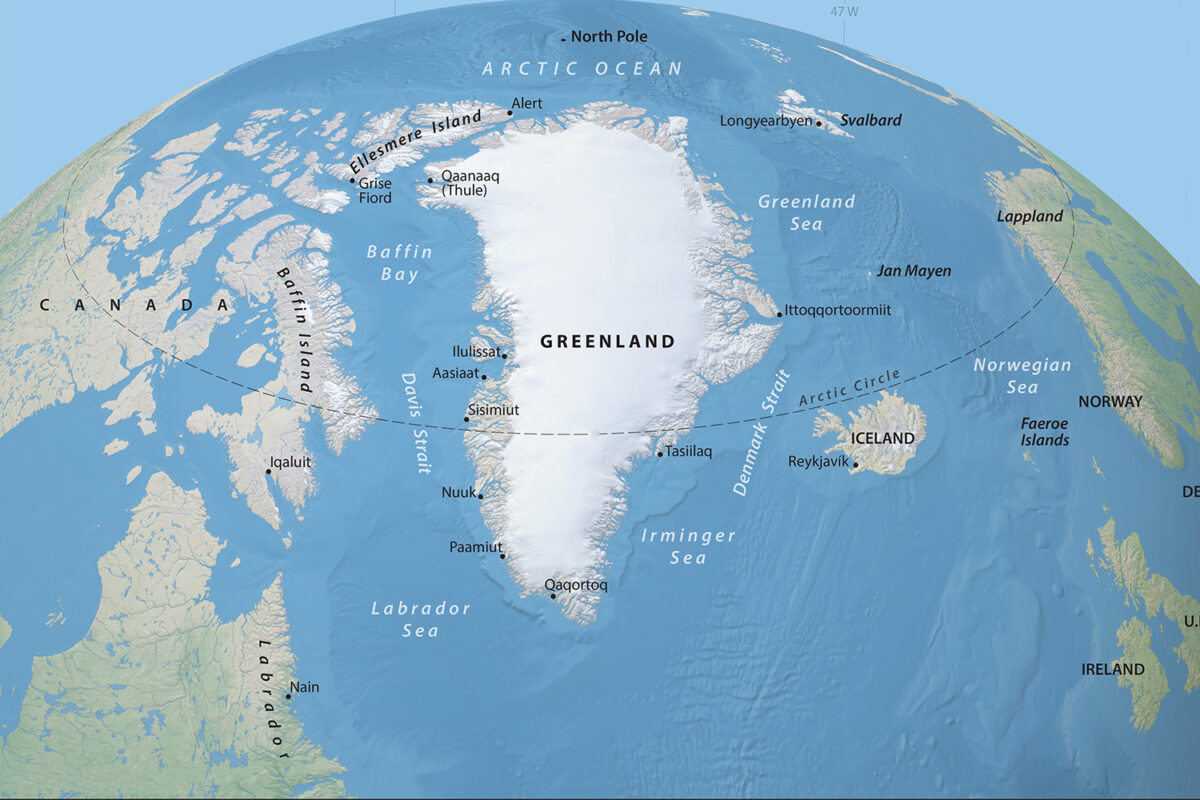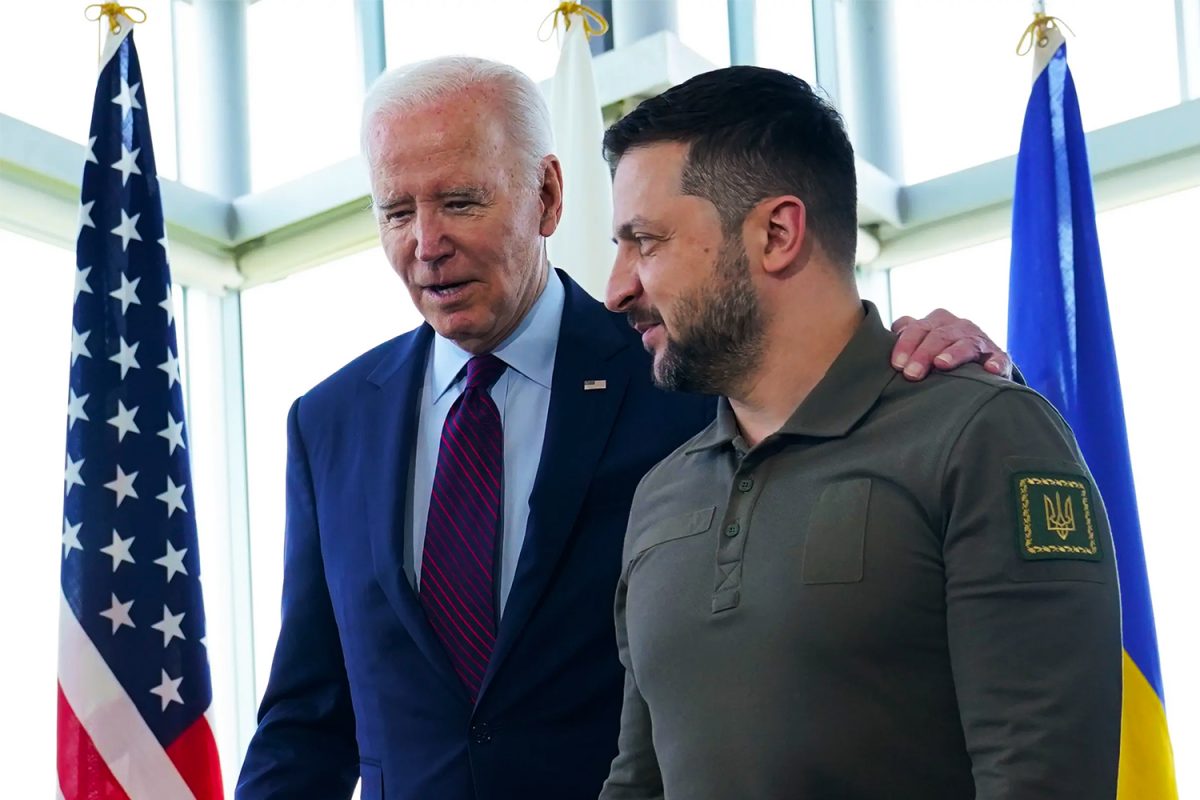Former National Security Advisor John Bolton has blasted President Biden over Ukraine’s stalling counteroffensive in an op-ed for The Wall Street Journal. He is now the latest in a long line of critics who see Ukraine’s counter offensive that began in June to retake occupied Ukraine on the verge of failure. The war in Ukraine is now 18 months old and has turned into a protected battle which has seen all the major powers join the fray.
When Russia invaded Ukraine back in February 2022, the Russian attack force was divided along three fronts, The Southern front from Crimea, The Eastern front from Donbass and the Northern front from Belarus that targeted the Ukrainian capital, Kyiv. As the initial invasion fell apart, for Kyiv, it became clear to the Kremlin that the front could not accomplish the objectives set for them. Russia’s leaders ordered the withdrawal of over 40,000 Russian troops, effectively abandoning the whole of the Northern front. These troops were redeployed towards the Russian main effort, the Donbas region. 18 months on this decision saved the Russian war effort. Russia did not have anywhere near the number of troops necessary to control any city of more than 1 million people. Putin took the public relations hit at the time and by the summer these troops contributed to the capture of Mariupol, Popasna, Severodonetsk, and Lysychansk. Russian forces managed to capture a front running from the Donbas in the East down to Crimea, a 500 miles front and around 100 miles into the interior of Ukraine. But as the war entered its 5th month in July 2022, the Russian army ran out of steam and stopped its drive into the interior of Ukraine.
Ukrainian’s forces were forced to sacrifice thousands of troops to halt this Russian advance, but they didn’t just remain in a defensive posture and began to prepare for a major offensive. Ukraine launched its first offensive operation in late August 2022 from Kherson in the South of Ukraine. The Kherson offensive was widely publicised with Volodymyr Zelensky travelling to western capitals to drum up support, caring little of using the element of surprise. Being aware of this offensive the Russia’s forces were well prepared and blunted the Ukrainian effort in Kherson. But while Russian troops focused on Kherson, Ukrainian commanders pulled off the biggest surprise of the war. Ukraine covertly assembled a large attack force and launched a second offensive in the north. Ukrainian forces drove the Russians out of the Kharkiv region so far back, so fast, that the Russians surrendered a staggering 4,000 square miles of territory, forcing them to rush massive reinforcements from elsewhere in Ukraine to stop the bleeding. The Kremlin eventually made the decision to surrender Kherson without a fight, withdrawing its entire force of another 40,000 troops to the south side of the Dnipro River. In the process, they blew the four bridges spanning the Dnipro in that area, effectively sealing off the entire southern front from any continued Ukrainian offensive. 18 months on this decision saved the Russian defensive force, as it avoided a protracted urban fight. As a result, since then, Ukraine has not made any gains anywhere in Ukraine.
The Kremlin acknowledged it did not have the force necessary to win in Ukraine and ordered the mobilisation of more troops in September 2022 as well as the mobilisation of Russia’s war industry. Putin ordered factories producing military gear, vehicles, and ammunition into near full production.
Why Ukraine’s Position is Faltering
Russia however did not just focus on preparing these new mobilised troops. What has now become clear as Ukraine conducted its counter-offensive in June 2023 is that the Russian military has spent most of its time building an elaborate defensive system across the eastern front. Russia has been building multiple belts of sophisticated defensive fortifications such as minefields, fortified machine gun nests and anti-tank ditches and barriers. These fortifications were absent in the battle for Kherson and Kharkiv in 2022 and shows Russa is learning lessons from its previous failures. Gen Oleksandr Tarnavskyi who is in charge of Ukraine’s counter-offensive that began in June confirmed Russian defences are making it difficult for military equipment, including Western tanks and armoured vehicles, to move forward. He confirmed his “…forces are struggling to overcome multi-layered minefields and fortified defensive lines.” He confirmed Russia’s military has displayed “…professional qualities…” by preventing Ukrainian forces from “…advancing quickly.”[1]
Russia’s military leaders forestalled an early attack by Ukraine by a series of low-level operations all along its 500-mile front. Russian military leaders used small unit raids and artillery attacks to keep Ukraine occupied, forestalling any large-scale offensive against incomplete Russian defences. The most prominent action was by the Wagner Group in Bakhmut. A major media campaign went into Wagner and its leader Yevgeny Prigozhin. The town of Bakhmut was a tactical objective, but by itself it was not strategically important. Russia made it important by showing that it’s putting so much effort into taking it, with Prigozhin personally taunting Ukrainian President Volodymyr Zelensky. Ukrainian forces have been fighting for every building for the last 6 months in Bakhmut, giving Russia ample time to build fortifications.
Currently Ukraine’s second offensive to take back occupied Ukraine has stalled and Russia hasn’t used its 300,000 newly mobilised troops to carry out any major offensive. When Russia does this Ukraine will already be exhausted. 18 months since the war began, despite Russia bungling the opening invasion of Ukraine, it has now learnt from its errors and adapted and now has the advantage on the battlefield.
despite Russia bungling the opening invasion of Ukraine, it has now learnt from its errors and adapted and now has the advantage on the battlefield
Russia on Top
What will Russia do next? Soviet defensive doctrine, which Russia has been following very closely since the start of the war, is designed to blunt an enemy offensive, weaken it and then launch a counteroffensive. At this point it is impossible to know if Russia was building an offensive potential on the Russian side at the same time it was building its defences, and if they have such a force, how effective it would be. But this puts Ukraine in the worst possible position. There are already discussions taking place in Ukraine that they should just settle with what they have and prepare for an expected Russian offensive likely in the autumn or winter. Ukraine is completely dependent upon western arms and support and has continued to request more fighter jets, long range missiles and air defence systems. Kyiv has stated that they need air superiority to win. It remains questionable if this could make a difference considering the current battlefield reality as there was a lot going against Ukraine, even before the current counter-offensive began.
The operation Ukraine is carrying out is a large-scale offensive. Ukraine’s armed forces have never really carried this out before. They are only partially trained, have limited experience and they were always going to run into trouble. A possible way out of this predicament is for Ukraine to have embedded western troops, but the west has no appetite to put any troops in Ukraine. Ukraine has asked for heavier weapons and more long-range weapons, but all of this depends on western sentiment towards the war and this is Ukraine’s major predicament, it’s totally reliant upon the west to stay in the war.
Ukraine’s armed forces have never really carried this out before. They are only partially trained, have limited experience and they were always going to run into trouble
The Economic War
The economic aspect of the war saw the US and the west make Russia the most sanctioned country in history. Europe virtually stopped importing energy from Russia and the West led by the US worked to isolate Russia in the world. Sanctions are only workable to the point everyone implements them. Whilst Europe has reduced its energy imports, Russia has found India, China and Turkey more than willing to buy Russian energy and effectively replace the European market. For the moment Russia is not feeling the economic aspect of the sanctions as it was preparing for such an eventuality since 2014 in its fortress Russia strategy. But if the war lingers on it will begin to hurt Russia in the long-term.
Peace Plans Allude Substantive Talks
On the 5th and 6th of August Saudi Arabia organised a peace conference on Ukraine that was attended by everyone aside from Russia. This was not the first summit to tackle the thorny subject of what peace will look like in Ukraine. The first peace plan was Zelensky’s 10 point peace plan back in December 2022. He called for a global summit when he presented it at the G7 summit. The peace plan called for a number of things on security, energy security and supply chain security. But two of its points were on Ukraine’s sovereignty and Russia returning occupied territories. Summits for this peace plan have taken place in Denmark and now recently in Saudi Arabia. The Saudi summit focussed on getting the global south on board and in the end didn’t discuss any of the substantive points that could act as a peace proposal.
Sanctions are only workable to the point everyone implements them
There was a Chinese peace plan proposal in February 2022 which called for a freezing of the conflict and for dialogue, security guarantees for Russia and protection of civilians. Although Zelensky said he would meet Xi Jinping to discuss the proposal, he never did as the west rejected the proposal
18 months on the war in Ukraine is not ending anytime soon, but Russia is doing what it has always done. It starts wars badly and then adapts and throws lots of troops at the problem, a strategy she used to defeat the nazis and emerge victorious in Chechnya. Ukraine on the other hand is reliant upon the west. The tide is on Russia’s side now, who will try to gain more territory and then start negotiations from a position of strength.
[1] Ukraine war: Western armour struggles against Russian defences – BBC News


